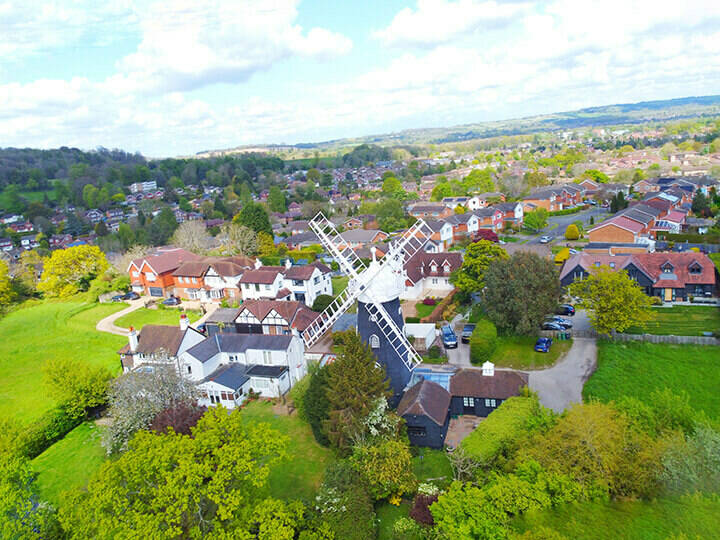The Exemplar Award is awarded to the best example or demonstration of local address and/or street datasets providing quantifiable benefit to the citizen/authority/region/nation.
This year's winner is Leeds City Council for its project to use local address data to verify population estimates. By using accurate data on the number of residential units, where they are located, and which ones are vacant, a far more accurate population estimate is able to be calculated at any period of time.

Introduction
A large city based in the county of Yorkshire, Leeds City Council was faced with a need to provide small area population estimates for its council and planning departments. This includes providing services for schools, housing, health, and transport. In addition, small area population statistics are necessary for spending allocations across a national and local level.
In order to provide this, Leeds City Council chose to use the Housing Unit Method, underpinned by the local address gazetteer and the 2011 census.
Challenges
Leeds City Council faced certain challenges whilst implementing the Housing Unit Method. These included:
- Leeds has a large student population. This results in many Houses with Multiple Occupants (HMO's). When taking the census average, these residential areas can skew results. This method could have a different effect in areas with fewer students
- The method is reliant on the census. The last census for Leeds was 2011. More accurate data could be provided closer to the release of the latest census data
- Leeds have a 100% match to council tax. This allows them to proceed with the calculations. This is because the classification must be accurate (council tax team will have a marker – they will know who is liable for the property and why). Detail can be provided by the gazetteer.
Solution
Leeds City Council underpinned the method using their local address gazetteer. The local address gazetteer allows a council to accurately note how many properties are within any given area.
Work initially began on the property and population data of Leeds. This work later progressed to using the Housing Unit Method (shown below) to calculate the population size for all requested areas:
((HU – VHU) X PPH)
HU is the number of housing units (local address gazetteer). VHU is the number of vacant housing units (CTAX Data) and PPH is the average Persons per Household (census data).
Further to the local address gazetteer, the method uses the most recent census average household size data published at Output Area (OA) scale. The method requires information on vacant properties from council tax which is updated monthly.
This formula has given Leeds City Council an accurate estimation of population size, shows where people are living and where they fit in the area boundaries.
Data accuracy can be increased by including properties which are known to be vacant. This can be found from council tax information. This process requires the local address gazetteer to have a full match to council tax.
Alternative options to the Housing Unit Method could include using the electoral roll to estimate adult numbers, whilst the education department can provide accurate records for children. But these are difficult to combine, could include numerous errors and double counting and are difficult to apply when focussing on smaller areas.
Furthermore, currently small area populations are estimated using apportioned census data however census boundaries rarely fit to the areas requested for population estimation.
Outcome
Leeds City Council have experienced several benefits since using the Housing Unit Method. These include:
- Leeds planning services requiring population data are now able to work using accurate information
- Local Education and social services are now able to have a more accurate understanding of how many people are in need of their services
- Estimates provided are prompt and efficient which can result in faster projects and decision making
- These forms of estimation are proven to be more accurate than the mid-year estimates provided by the Office for National Statistics, which are restricted to set boundaries and do not go down to output area scale
- The benefits shown in Leeds can be easily replicated within other councils. All councils need are the gazetteer and census data (and council tax vacant data if you want to factor this in)
- In using this method, information can be updated in line with new census data released. It allows for business as usual, with improved data accuracy
- Leeds neighbourhood planning services looking for specific demographic information can use this data for their services
- Mid-year census updates assume uniform growth. Property level data is able to detail whether areas have seen a decline or increase in properties, and therefore population size
Leeds City Council already use the gazetteer widely within their council, and there is a good relationship between departments. This helps with advance planning: such as education or refuse collection.
Looking to the future, Leeds City Council will maintain the work they are currently doing, providing internal and external services accurate population data.
Download case study.
Contacts
Rachel Antcliffe (Authority Address Custodian) – [email protected]
Amber Hill (Research and Communications Assistant) – [email protected]



